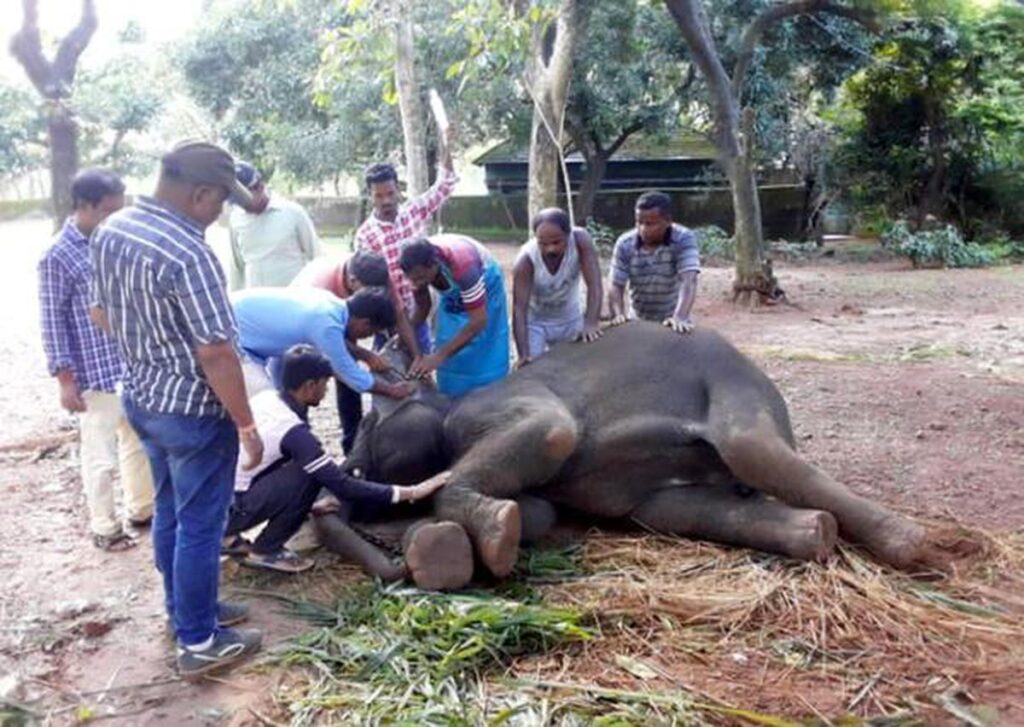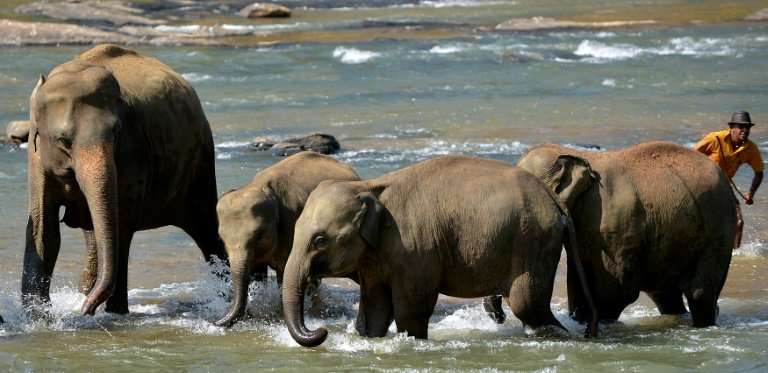ISLAMABAD: Sri Lanka minister announced plans to significantly increase the length of anti-elephant electric fencing in response to the escalating human-elephant conflict.
This decision comes as the conflict has resulted in the deaths of over 200 elephants and nearly 100 people this year. Despite the elephants being revered as a symbol of Buddhism and playing an essential role in temple ceremonies. Farmers continue to face persistent clashes with these animals as they frequently raid their crops.
Despite Sri Lanka legal protection of elephants as an endangered species with severe penalties for harming them. There have been minimal prosecutions for such offenses. This year, the number of fatalities from elephant attacks has reached 94. Surpassing the previous record of 146 deaths in 2022.
Tragically, elephants themselves face lethal threats from farmers resorting to shooting or poisoning them. Official figures indicate that 238 elephants were kill by these means up to July 14. Averaging slightly over one death per day.
To address the escalating human-elephant conflict, Sri Lanka’s wildlife minister, Pavithra Wanniarachchi. He has announced a plan to expand the protective measures. The Sri Lanka government aims to add an additional 1,000 kilometers (621 miles) of electrified fencing to safeguard villages from elephant incursions, supplementing the existing 650 kilometers (400 miles) of such fencing.

The escalating conflict with wild elephants is partly attributes to farmers encroaching on forest lands. Also infrastructure projects have reduce the animals’ natural habitat, leading to increased encounters between humans and elephants.
One incident reflecting the severity of the issue occurred in May. When furious villagers protested at a remote government office following a devastating raid by a herd of up to 50 elephants on farmers’ fields near a wildlife reserve.
A survey conducted in 2011 revealed that Sri Lanka was home to 7,379 wild elephants, including approximately 1,100 calves. This number is significantly lower compares to the estimated 12,000 elephants. that inhabited the island in 1900.










